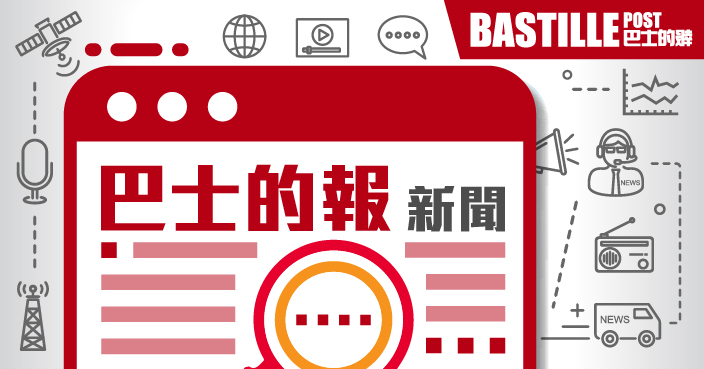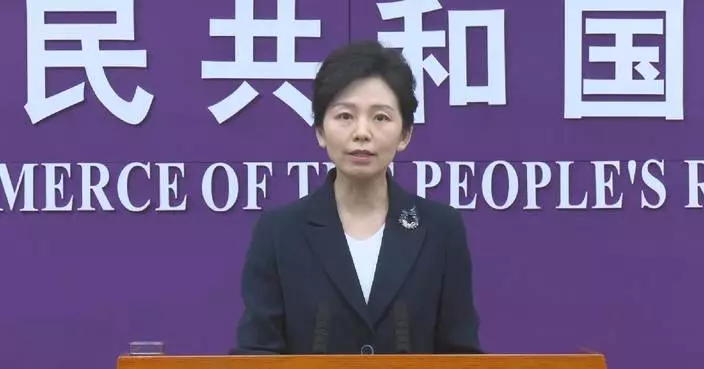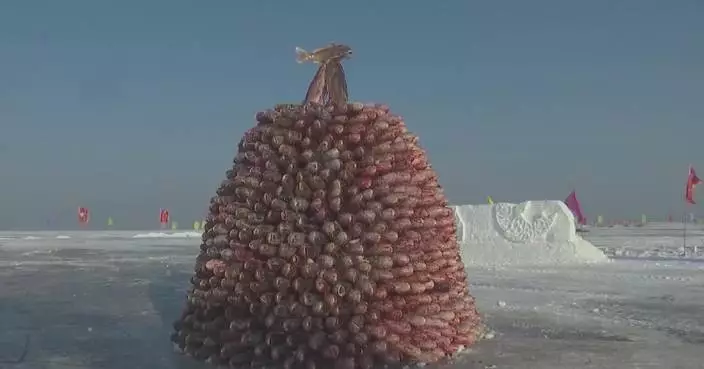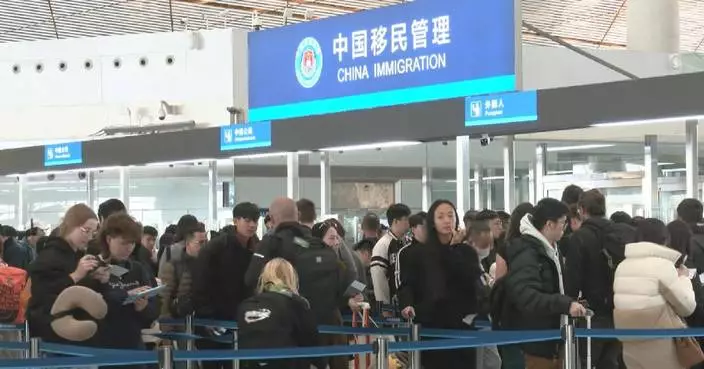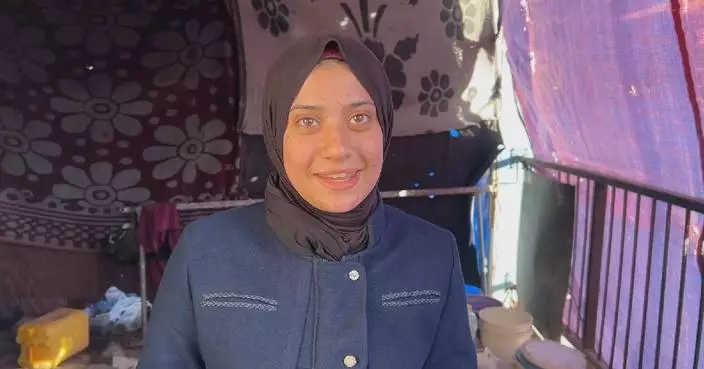Light traffic jam and people's limited activities on Wednesday signaled a state of anxiety in Hama, the fourth largest city in Syria, as the rebel forces approached the city.
Sounds of bombs and air force jets were alarming signs of possible return of a long war to the tranquil city.
Syrian rebel factions, mainly Hayat Tahrir al-Sham (HTS), seized control of the country's second largest city of Aleppo a few days ago.
The rebel forces are now at Hama's northern outskirts, having captured 11 surrounding villages.
Military reinforcements of the Syrian government have arrived at Hama to bolster the frontlines. The rebel forces have intensified their assaults to pose a threat on the Syrian government popular base.
The battle of Hama carries huge stakes if the Syrian government loses control over it as the city is considered "the gate of Northern Syria". It is also a station for troops mobilizing and supply route for Aleppo vowed counter offensive.
Till Wednesday night, the rebel forces have been trying to attack the city from three directions but the government army managed to absorb their attacks and stop them at the northern outskirts of the city.
The attacks on the outskirts of Hama sparked a large wave of displacement from surrounding villages to the safer places as swarms of drones and indiscriminate shelling have been used as a tactic by the rebels in their assault.

State of anxiety signaled in Hama as rebel forces approach
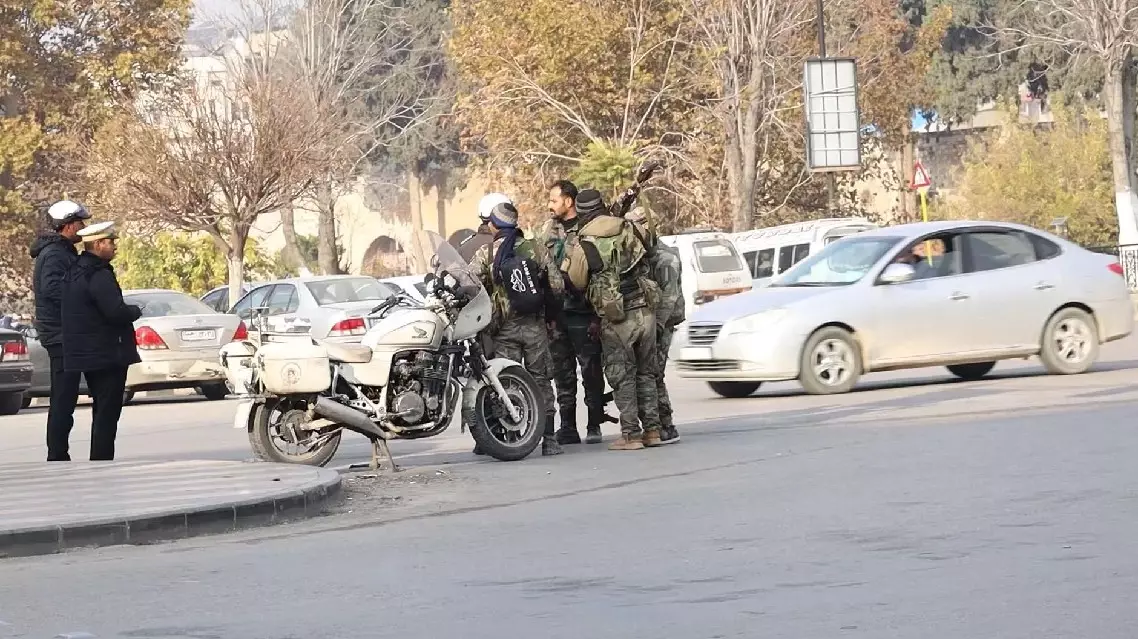
State of anxiety signaled in Hama as rebel forces approach
A contemporary Chinese art exhibition has been held at the Hungarian National Museum in Budapest, playing a vibrant role in fostering cultural ties between the East and the West. The exhibits, including brush paintings and sculptures on mountains, rivers, plants, blend traditional brushwork with Western influences, creating a serene, meditative atmosphere.
The artists' deep connection with the natural world is a window that the "Chinese Xieyi exhibition'' at the Hungarian National Museum presents to the public to explore Chinese philosophy, according to Tunde FegyvAri-Komori, curator of the Hungarian National Museum.
"This exhibition is a collection of 58 artworks, including four sculptures from 58 different artists, from the National Art Museum of China's collection. And they represent modern and contemporary artworks, partly reflecting back to the traditional Chinese painting and Chinese art, and partly reflecting to Western influences in art, which mostly started arriving in China after the 1970s and the 80s," said FegyvAri-Komori.
Much of the exhibition showcases traditional Chinese brushwork, where delicate strokes create intricate designs and meanings that express deep philosophical meanings, allowing viewers to experience the world from their perspective.
"The Chinese curators constructed the exhibition around these three topics and these three main aspects to approach Xieyi itself. The first one is called 'yi', which translates as meaning. This focuses on the essence of the topic. The second one is form, which in Chinese is 'xing,' and it's quite similar to meaning, but from a different approach. They are focusing on the form itself that they see, but they are not aiming at mirroring reality. The third one is called 'interest,' or in Chinese called 'qu.' And in this last part, I would say that it's a combination of the first two," said FegyvAri-Komori.
One standout piece is a sculpture that blends mythology and modern art, depicting Lao Tzu departing from the Qin Empire (221 BC to 207 BC), carrying the wisdom that shaped Taoist thought with him. The ox-head panther he rides symbolizes mysticism and the spiritual journey, adding another mythical dimension to the work.
"It expresses Xieyi very well, but at the same time, it also expresses a little bit of Western modern art, abstract art," said FegyvAri-Komori.
For many visitors, the exhibition is a chance to experience the dynamic evolution of Chinese art.
"My father had several books about Chinese art, about porcelains, ceramics, and paintings. It always struck me how different it is from our European tradition. There's a subtlety and sensitivity in it. The way they express emotions feels so unique and profound," said Daniel, a visitor.
The exhibition, part of celebrations of the 75th anniversary of the establishment of diplomatic relations between Hungary and China, celebrates cultural exchange and shared appreciation for art and culture.
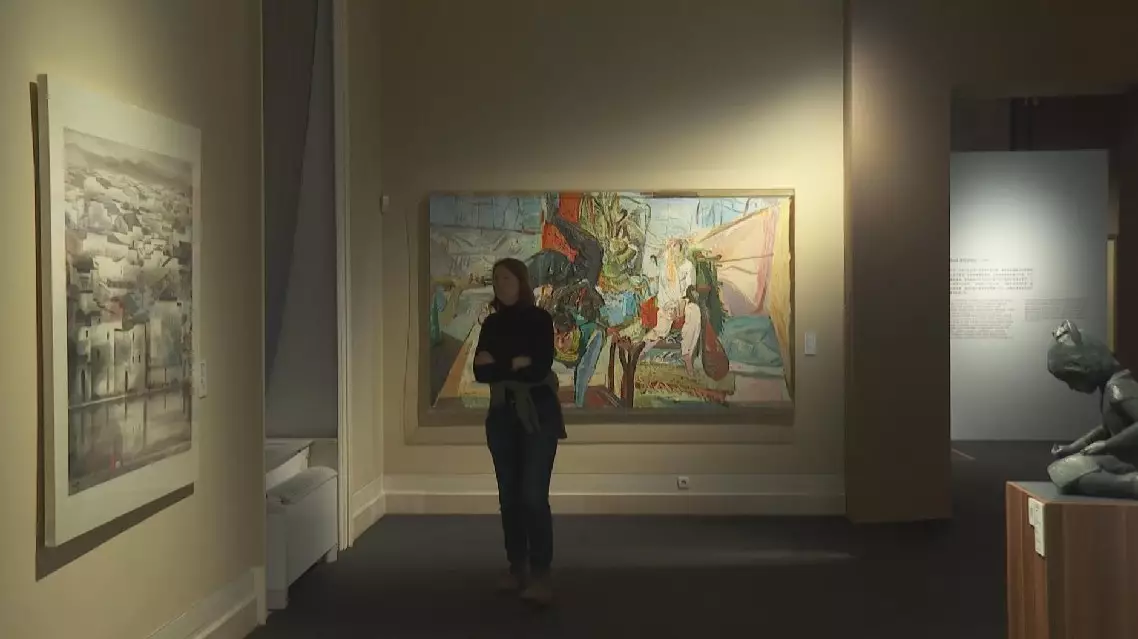
Contemporary Chinese art expo held in Hungary helps cultivate ties between east and west


